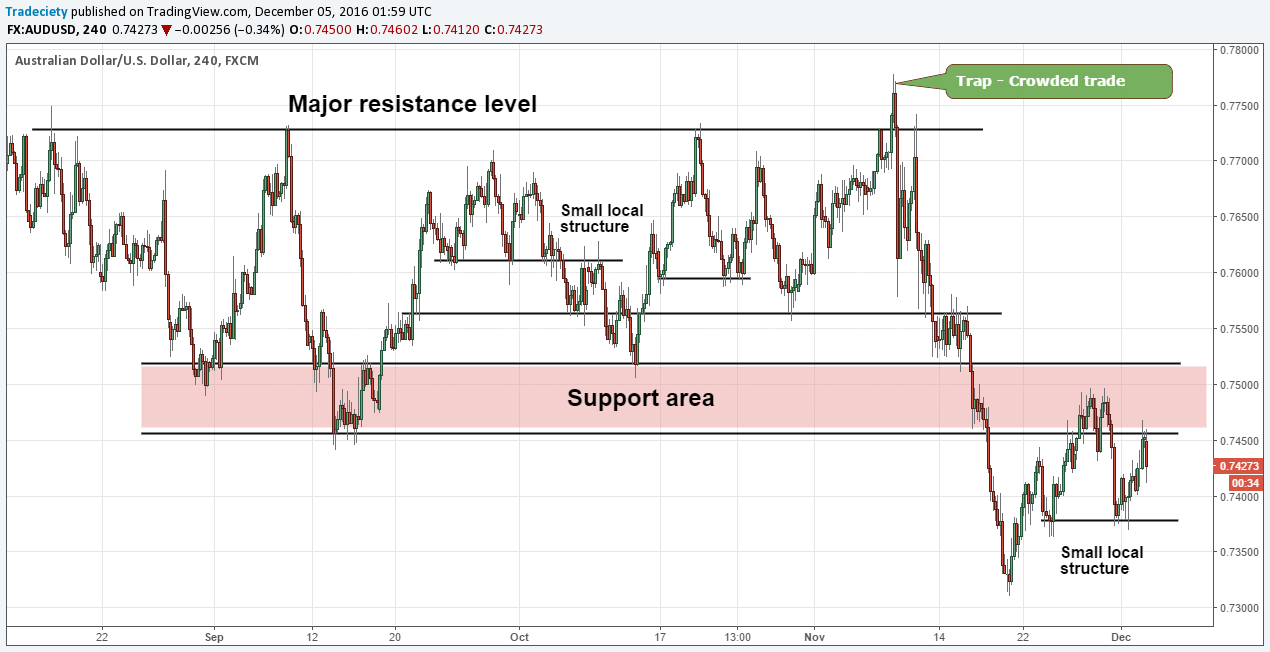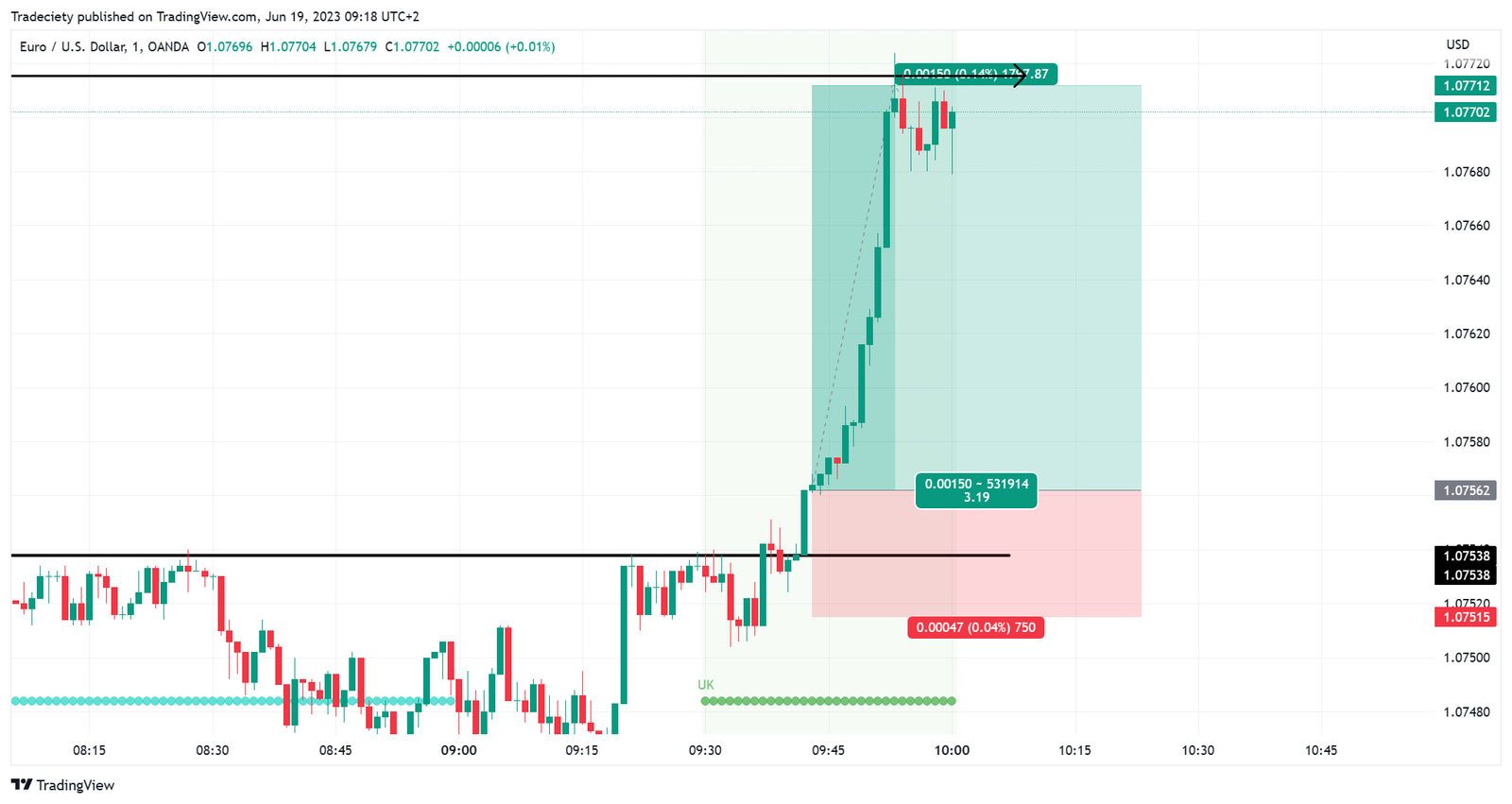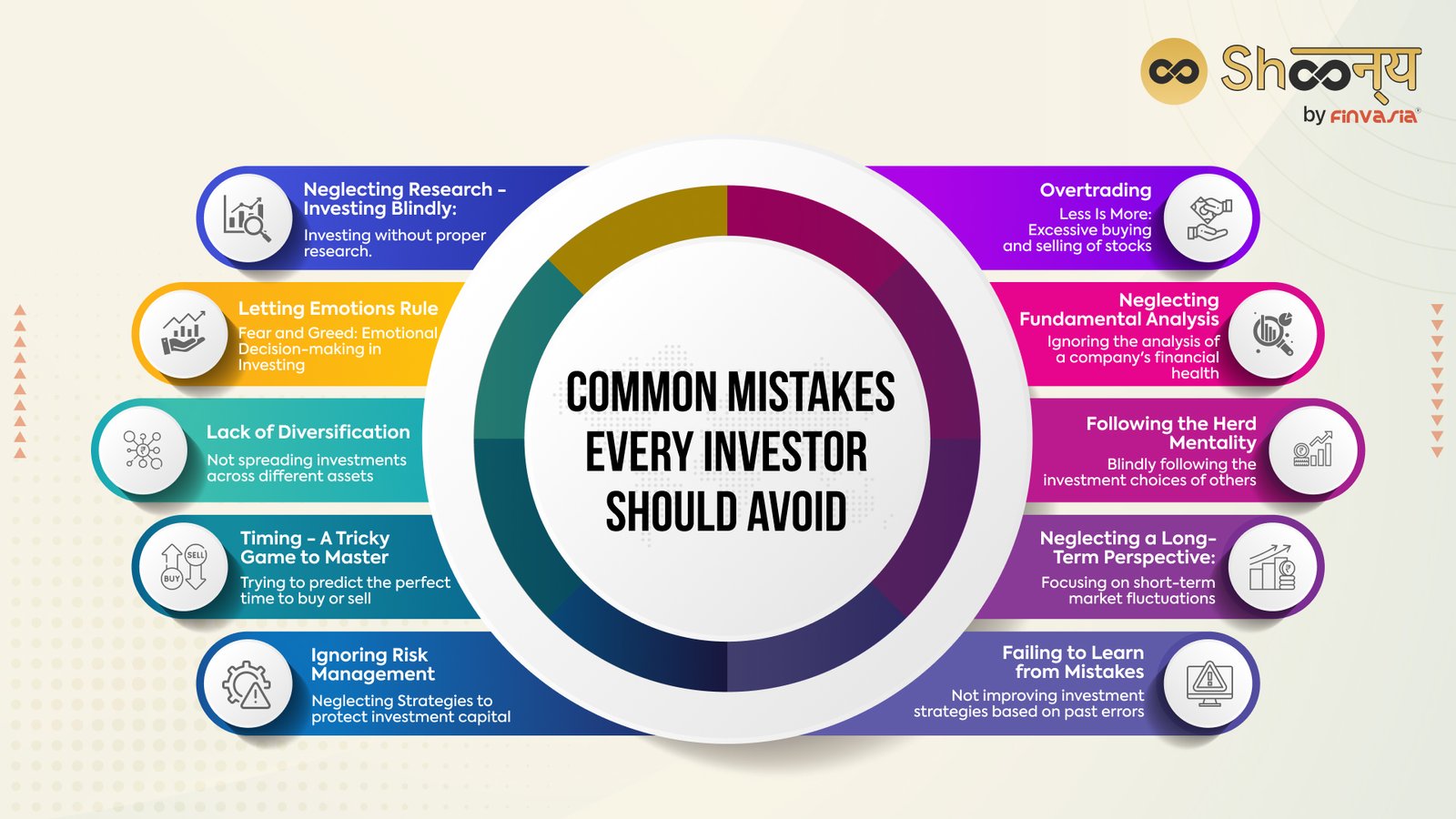In the competitive world of trading, harnessing the power of trading charts can be the key to unlocking informed decisions that lead to success. Whether you’re a seasoned trader or just starting out, understanding how to analyze these charts effectively can empower you to make smarter moves and maximize your trading potential. In this comprehensive guide, we will delve into the intricacies of trading chart analysis, equipping you with the tools and knowledge to navigate the market and achieve your trading goals.
Unlocking the Secrets of Trading Charts: A Guide to Informed Decisions
Understanding the Language of Charts
Trading charts are essentially visual representations of price movements over time, providing valuable insights into market sentiment and trends. To decipher this language, you need to grasp the fundamental concepts of chart patterns and indicators.
Chart Patterns:
| Pattern | Description |
|---|---|
| Head and Shoulders | A reversal pattern suggesting a potential shift from an uptrend to a downtrend. |
| Double Top/Bottom | Indicates a possible trend reversal, with the price reaching a peak or bottom twice before changing direction. |
| Triangles | Suggesting a period of consolidation before a breakout in either direction. |
| Flags and Pennants | Short-term continuation patterns indicating a continuation of the existing trend. |
Technical Indicators:
| Indicator | Description |
|---|---|
| Moving Averages (MA) | Smooth out price fluctuations, helping to identify trends and potential support/resistance levels. |
| Relative Strength Index (RSI) | Measures the magnitude of recent price changes to evaluate overbought or oversold conditions. |
| MACD (Moving Average Convergence Divergence) | Identifies potential trend changes and momentum shifts. |
| Bollinger Bands | Show price volatility and potential areas of support and resistance. |
Developing a Trading Strategy Based on Chart Analysis
Once you understand the basic elements of chart analysis, you can start developing a trading strategy that aligns with your goals and risk tolerance.
Identify Your Trading Style:
Are you a scalper who aims for small profits from short-term trades? Or do you prefer swing trading, holding positions for a few days or weeks? Understanding your preferred trading style will influence your choice of indicators and timeframes.
Define Your Entry and Exit Points:
Chart analysis helps pinpoint potential entry points when the market shows signs of a trend reversal or continuation. Similarly, it aids in identifying exit points when the trend weakens or reverses.
Manage Your Risk:
Effective chart analysis should include risk management measures. Set stop-loss orders to limit potential losses and determine the size of your position based on your overall risk appetite.
Mastering the Art of Chart Interpretation
Becoming a skilled chart analyst requires consistent practice and continuous learning. It’s crucial to adapt your approach based on market conditions and individual asset characteristics.
Backtesting and Simulation:
Backtesting your trading strategy on historical data allows you to assess its effectiveness and identify potential areas for improvement. Simulations using virtual trading accounts provide a safe environment to test your strategies before risking real capital.
Stay Informed and Adaptive:
The market is constantly evolving, so it’s essential to stay updated on economic events, news announcements, and market sentiment. Be prepared to adapt your strategies based on these factors.
Continuous Learning:
Chart analysis is a dynamic field with endless opportunities for improvement. Explore different charting software, trading platforms, and educational resources to expand your knowledge and refine your skills.
How to analyze trading charts?
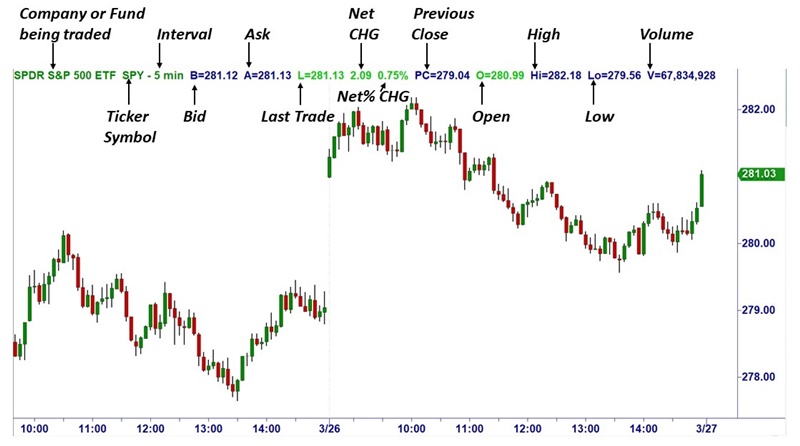
Technical Analysis
Technical analysis is the study of past market data, such as price and volume, to identify patterns and trends that can be used to predict future price movements. It assumes that all relevant information is already reflected in the price of a security, and that historical price data can be used to identify trends and predict future price movements.
- Trend analysis: Identifying the direction of the market (upward, downward, or sideways) by analyzing price patterns and indicators like moving averages.
- Support and resistance levels: Identifying key price points where the market is likely to find support or resistance, based on previous price action.
- Chart patterns: Recognizing recurring price patterns that have a historical tendency to repeat, such as head and shoulders, double tops and bottoms, and triangles.
- Technical indicators: Using mathematical formulas to analyze price and volume data, such as moving averages, MACD, RSI, and Bollinger Bands.
Fundamental Analysis
Fundamental analysis is the study of a company’s financial health, management, industry, and economic conditions to determine its intrinsic value and potential for future growth. It involves analyzing the underlying factors that influence the price of a security, such as earnings, revenue, debt, and industry trends.
- Financial statements: Analyzing a company’s balance sheet, income statement, and cash flow statement to understand its financial health, profitability, and cash flow.
- Management analysis: Evaluating the quality of the company’s management team, their experience, and their track record.
- Industry analysis: Understanding the company’s industry, its competitive landscape, growth potential, and regulatory environment.
- Economic analysis: Considering the overall economic climate, including interest rates, inflation, and GDP growth, and their impact on the company’s business.
Trading Psychology
Trading psychology is the study of the emotional and psychological factors that influence traders’ decisions. It recognizes that emotions can cloud judgment and lead to poor trading decisions, and emphasizes the importance of discipline, risk management, and emotional control.
- Risk management: Setting limits on losses and defining clear entry and exit points for trades to manage risk and protect capital.
- Emotional control: Recognizing and managing the emotional biases that can lead to poor trading decisions, such as fear, greed, and overconfidence.
- Discipline: Following a predetermined trading plan and sticking to it, even when facing losses or tempting opportunities.
- Trading journal: Tracking trading activities, including entry and exit points, profits and losses, and emotional state to identify patterns and improve trading performance.
How do you make good trading decisions?

Understanding the Market
Making good trading decisions starts with a thorough understanding of the market you’re trading in. This involves analyzing various factors such as:
- Market Trends: Identifying current trends and potential future movements can help you predict the direction of the market and make informed decisions.
- Economic Indicators: Keeping up with economic news and data releases can provide valuable insights into the health of the economy and its potential impact on market sentiment.
- Technical Analysis: Utilizing technical indicators, charts, and patterns can help you identify trading opportunities and potential support and resistance levels.
- Fundamental Analysis: Analyzing the financial performance and prospects of companies and industries can provide insights into their value and potential for growth.
Developing a Trading Plan
Having a well-defined trading plan is crucial for success. It should outline your trading objectives, risk management strategies, and entry and exit points.
- Define Your Goals: Determine your trading goals, whether it’s generating income, capital appreciation, or hedging against risk.
- Risk Management: Establish clear risk management rules, such as stop-loss orders and position sizing, to protect your capital and prevent significant losses.
- Entry and Exit Strategies: Define precise entry and exit points based on technical or fundamental analysis, ensuring that you have a clear plan for managing your trades.
Managing Emotions and Discipline
Trading often involves dealing with emotional challenges, such as fear and greed. It’s essential to maintain discipline and avoid impulsive decisions.
- Avoid Emotional Trading: Trading based on fear or greed can lead to poor decisions and potentially significant losses. Stick to your trading plan and avoid letting emotions influence your actions.
- Practice Patience: Trading is a long-term game, and it’s important to be patient and avoid chasing quick profits. Wait for the right opportunities and stick to your plan.
- Learn from Mistakes: Every trade, whether profitable or losing, offers an opportunity to learn and improve your trading strategies. Reflect on your decisions and identify areas where you can refine your approach.
How do you analyze a trading strategy?
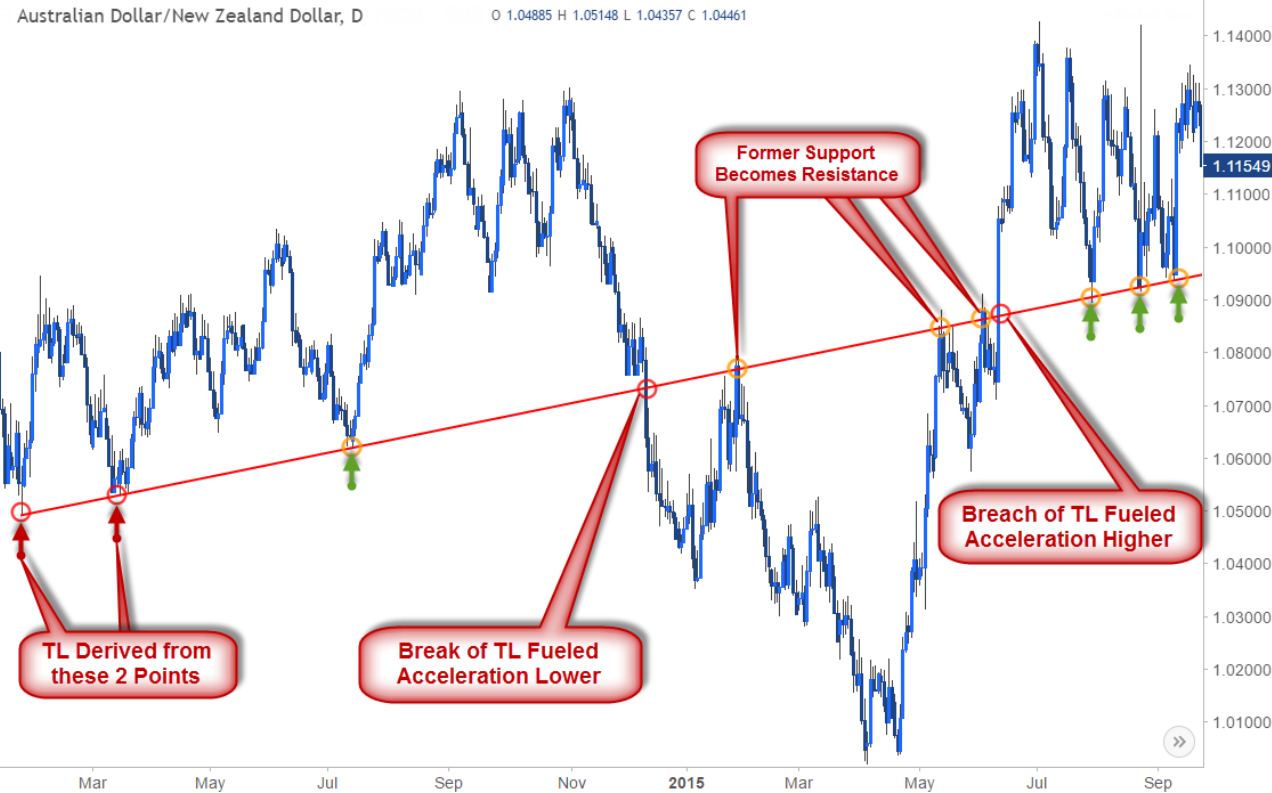
Backtesting
Backtesting is the process of testing a trading strategy on historical data to see how it would have performed in the past. This can help you to identify potential flaws in your strategy and to see if it is likely to be profitable in the future. You can use backtesting software or a spreadsheet to backtest your strategy. Here are some things to consider when backtesting:
- The time period you are testing. Make sure to test your strategy on a long enough time period to get a good representation of market conditions.
- The data you are using. Make sure that the data you are using is accurate and reliable.
- The parameters you are using. Make sure that the parameters you are using in your strategy are reasonable and that you are not overfitting your strategy to the data.
Forward Testing
Forward testing is the process of testing a trading strategy on live market data. This is a more realistic way to test your strategy than backtesting, as it takes into account the real-world conditions of the market. It is important to note that forward testing can be risky, as you are trading with real money. Here are some things to consider when forward testing:
- The amount of capital you are risking. Start small and gradually increase your risk as you gain confidence in your strategy.
- The market conditions you are trading in. Make sure that the market conditions are conducive to your strategy.
- Your emotional state. It is important to be able to control your emotions when trading, especially when you are forward testing.
Evaluating Performance
After backtesting and forward testing, you need to evaluate the performance of your strategy. This involves looking at metrics such as:
- Profitability: How much money has the strategy made?
- Risk: How much risk is involved in the strategy?
- Drawdown: How much money has the strategy lost at its worst point?
- Win/Loss Ratio: How many trades has the strategy won versus lost?
- Sharpe Ratio: A measure of risk-adjusted return, comparing the risk of an asset to its expected return.
How do you analyze trade patterns?
Identifying Key Trade Partners
Analyzing trade patterns begins with understanding a country’s or region’s key trading partners. This involves identifying the countries with which they engage in the most significant amount of trade, both in terms of imports and exports. Data sources like the World Trade Organization (WTO) and the International Monetary Fund (IMF) provide comprehensive trade statistics, allowing you to pinpoint the major trading relationships.
- Identifying the top import and export partners reveals crucial insights into a country’s economic reliance on other nations.
- Analyzing the balance of trade between countries can highlight trade deficits or surpluses, revealing potential economic vulnerabilities or strengths.
- Tracking changes in trade patterns over time helps to identify emerging markets and shifting economic power dynamics.
Examining Trade Volumes and Growth
Understanding the volume and growth of trade is essential for analyzing trade patterns. This involves examining the total value of goods and services traded over time, as well as the rate of growth. By comparing trade volume trends across different sectors, industries, and regions, you can identify key drivers of trade and understand the overall health of a country’s economy.
- Tracking the growth rate of trade provides insights into the overall economic performance and dynamism of a country.
- Analyzing trade volumes by sector reveals the dominant industries driving trade and their contribution to the economy.
- Examining trade flows across different geographical regions helps understand the regional specialization and interdependence of economies.
Analyzing Trade Barriers and Trade Agreements
Trade patterns are significantly influenced by trade barriers and agreements. By examining the presence and impact of tariffs, quotas, non-tariff barriers, and trade agreements, you can identify the factors influencing trade flows and their potential impact on businesses and consumers.
- Analyzing the impact of tariffs and quotas on specific goods and services reveals how these barriers affect import and export prices and volumes.
- Examining the effects of non-tariff barriers, such as regulations and standards, highlights their influence on trade flow and competitiveness.
- Investigating the impact of trade agreements helps understand their role in facilitating trade, reducing barriers, and fostering economic cooperation.
Frequent questions
What are the different types of trading charts?
There are three main types of trading charts used by traders: line charts, bar charts, and candlestick charts. Line charts connect closing prices of a security over a period of time, providing a simple visual representation of price trends. Bar charts display the high, low, open, and close prices of a security for a specific time period, offering a more detailed view of price action. Candlestick charts, similar to bar charts, display the same price information but use unique visual cues that highlight price fluctuations and market sentiment. Each chart type has its own advantages and disadvantages, and traders often choose the type that best suits their trading style and the specific market they’re analyzing.
How can I identify trends on a chart?
Identifying trends is crucial for making informed trading decisions. To identify a trend, look for a consistent direction of price movement on a chart. An uptrend is characterized by higher highs and higher lows, while a downtrend exhibits lower highs and lower lows. A sideways trend, also known as a range-bound trend, indicates that prices are moving within a defined range without a clear directional bias. Identifying trend lines, which are lines connecting a series of highs or lows, can help confirm and visualize existing trends.
What are technical indicators, and how can I use them?
Technical indicators are mathematical calculations based on historical price and volume data, used to generate trading signals and analyze market trends. They can be helpful in identifying overbought or oversold conditions, confirming existing trends, and predicting future price movements. Some commonly used indicators include moving averages, which smooth out price fluctuations to identify trends, relative strength index (RSI), which measures price momentum, and MACD, which identifies trend changes and potential buy or sell signals. It’s important to remember that no indicator is perfect, and they should be used in conjunction with other analysis techniques.
How can I manage my risk when trading based on charts?
Risk management is crucial for successful trading. It involves setting clear stop-loss orders to limit potential losses on each trade, determining your maximum risk per trade, and understanding the concept of position sizing, which involves determining the appropriate size of each trade based on your risk tolerance and account balance. It’s also important to use a trading journal to track your trades, identify your strengths and weaknesses, and constantly refine your risk management strategy. By prioritizing risk management, you can protect your capital and increase your chances of long-term success.

